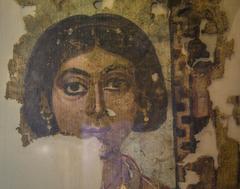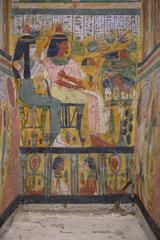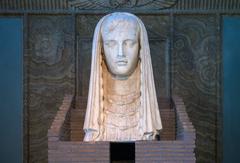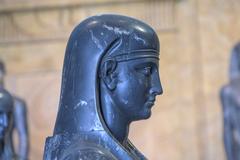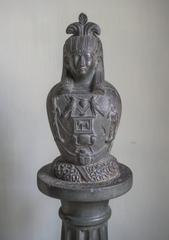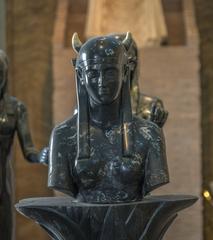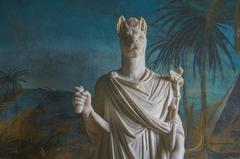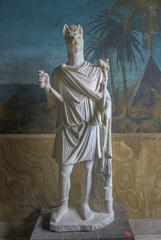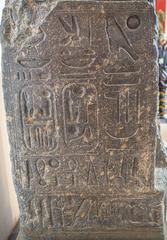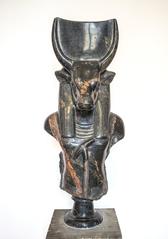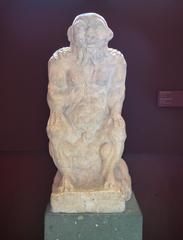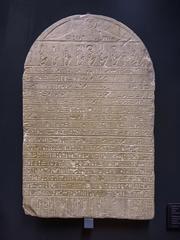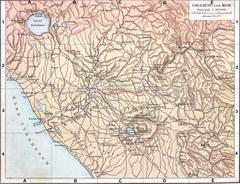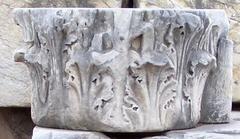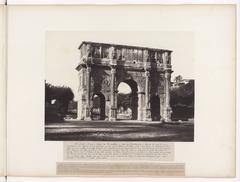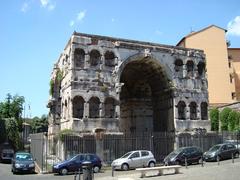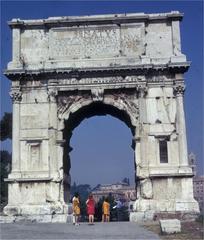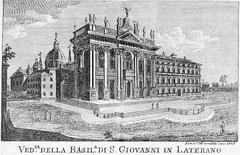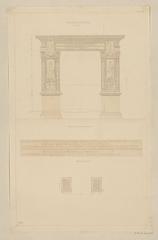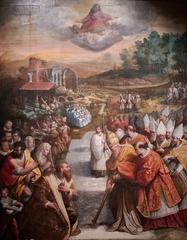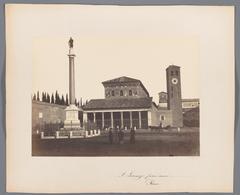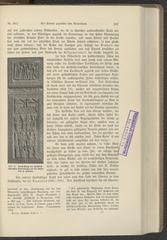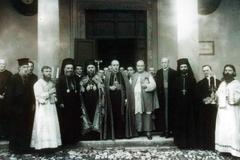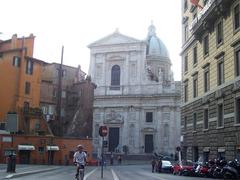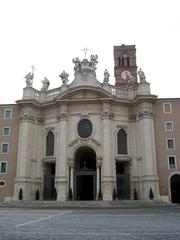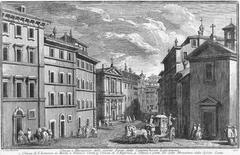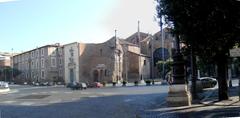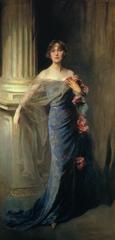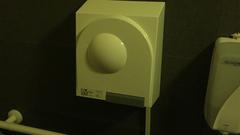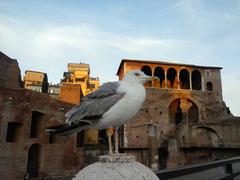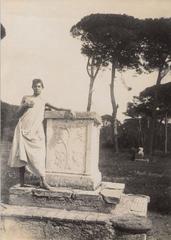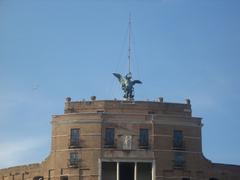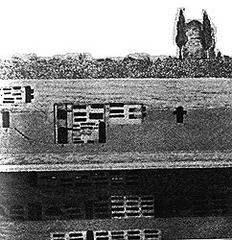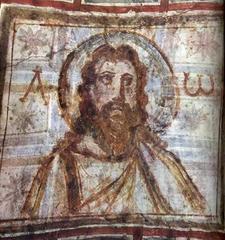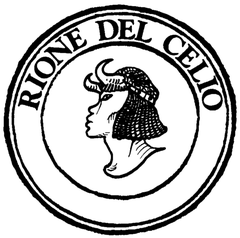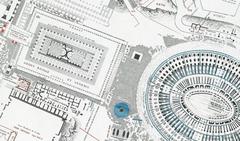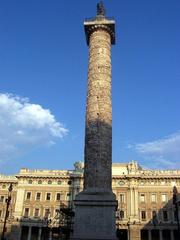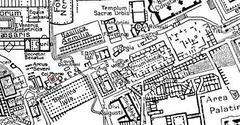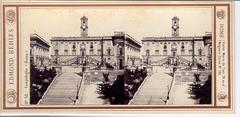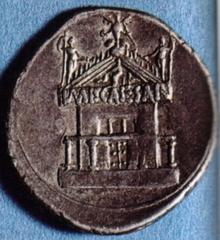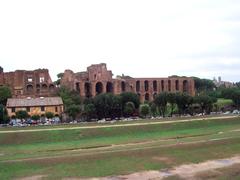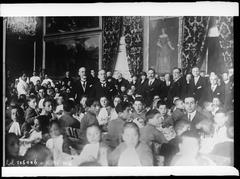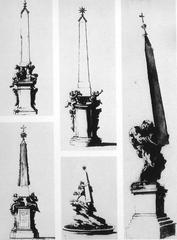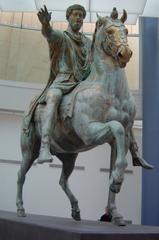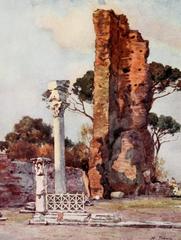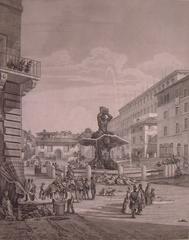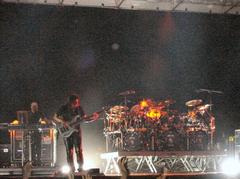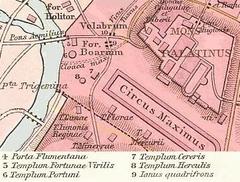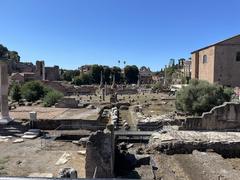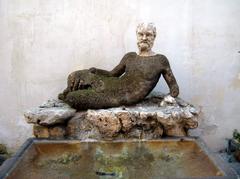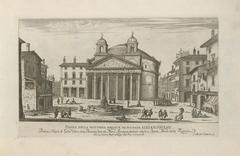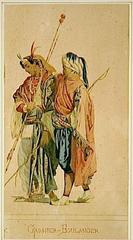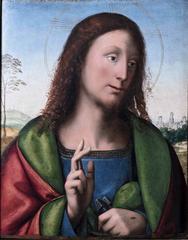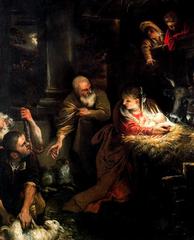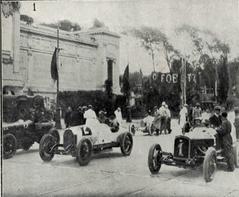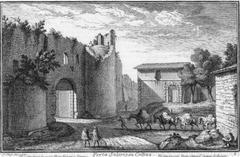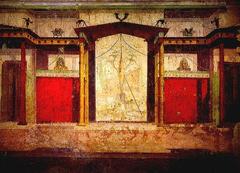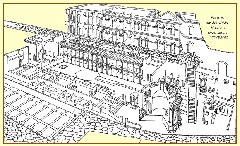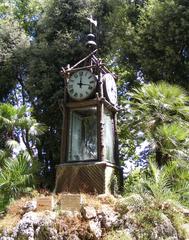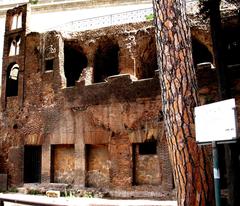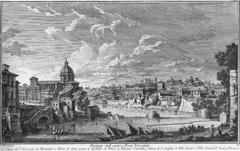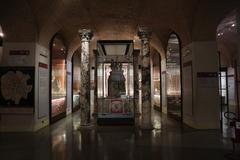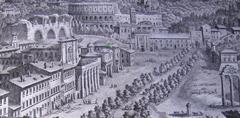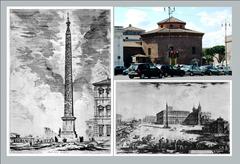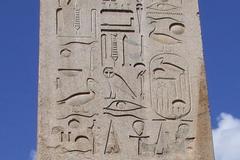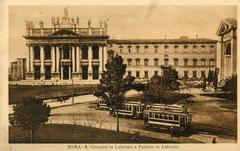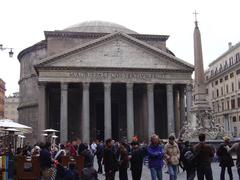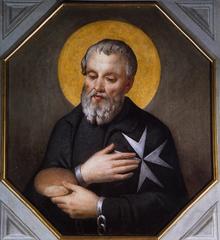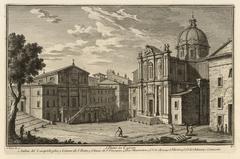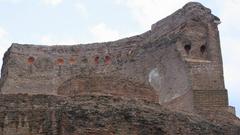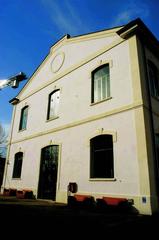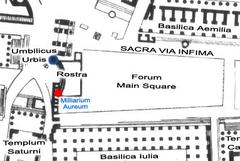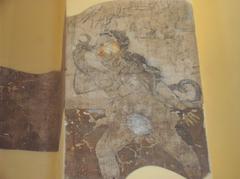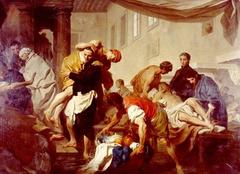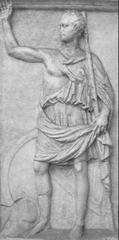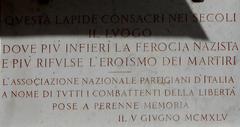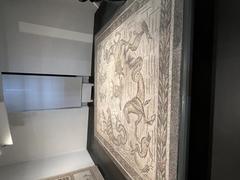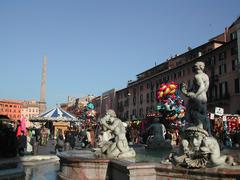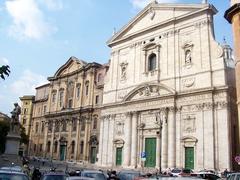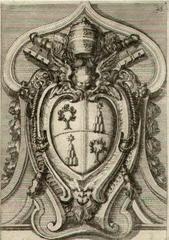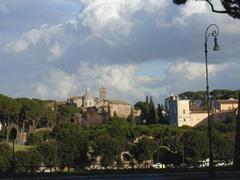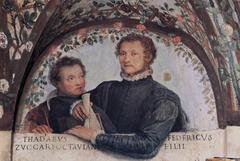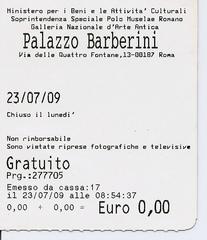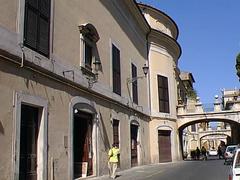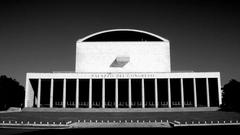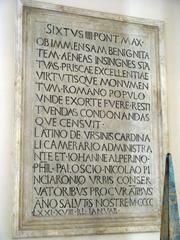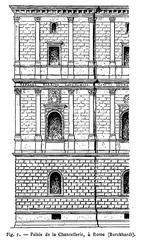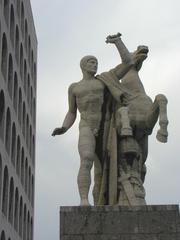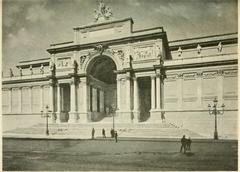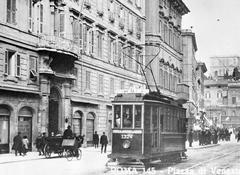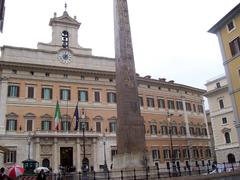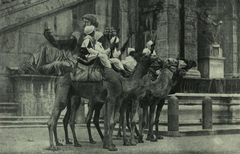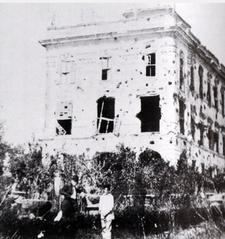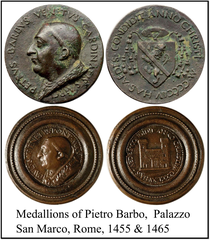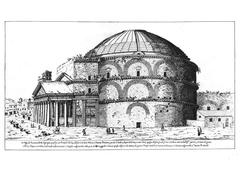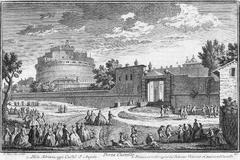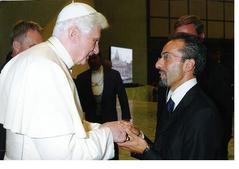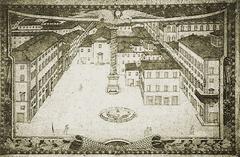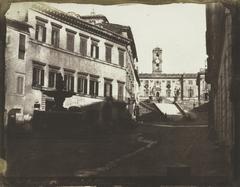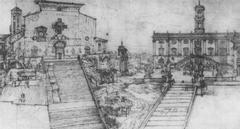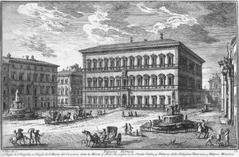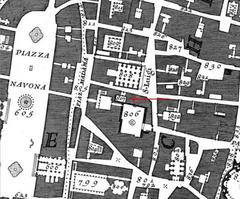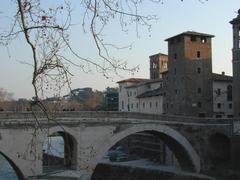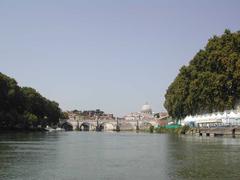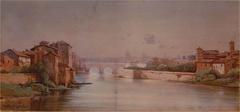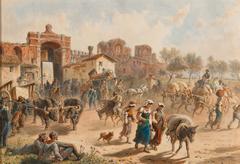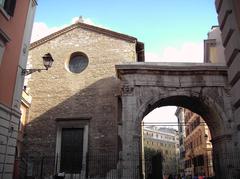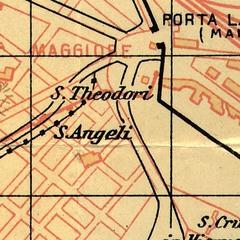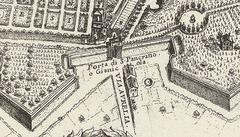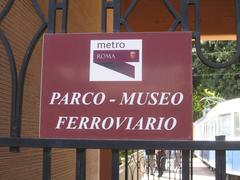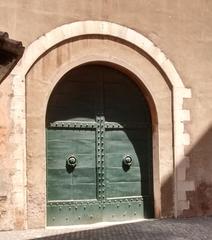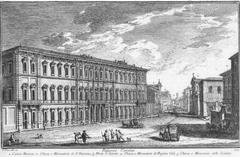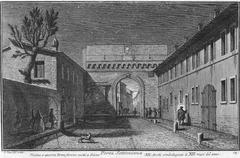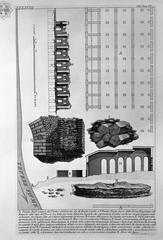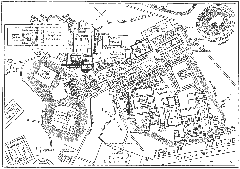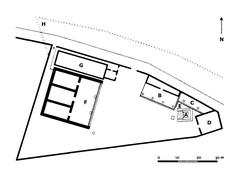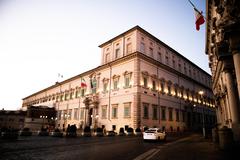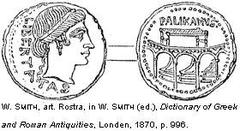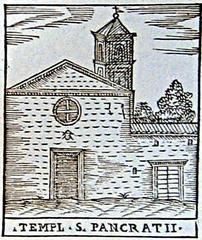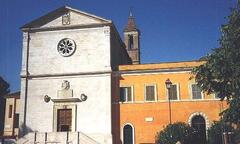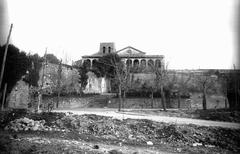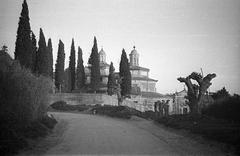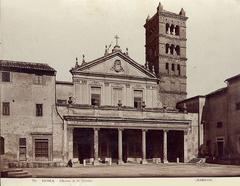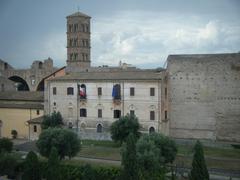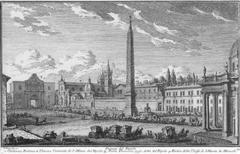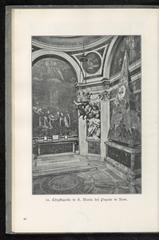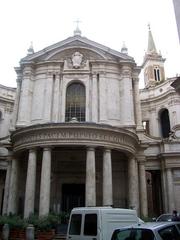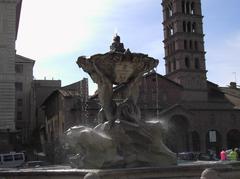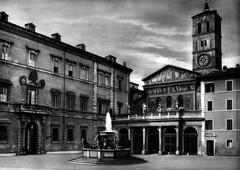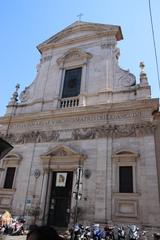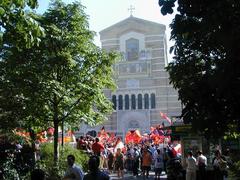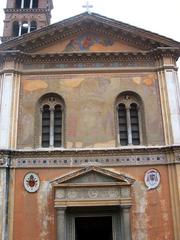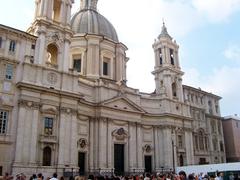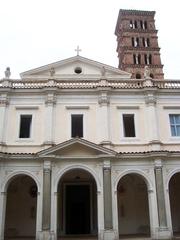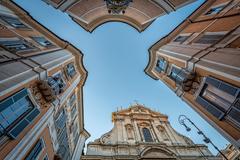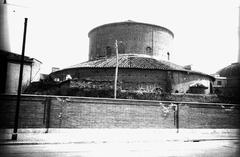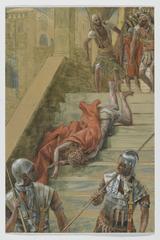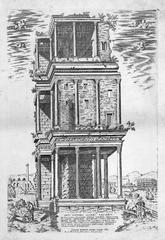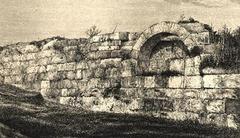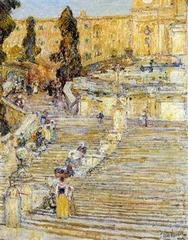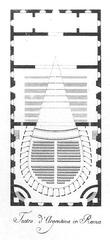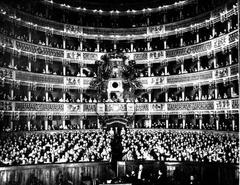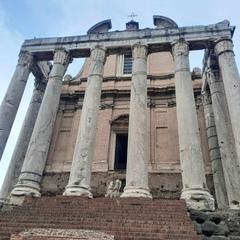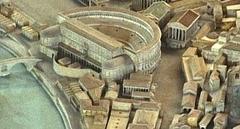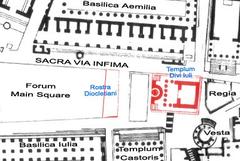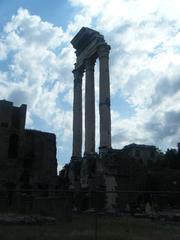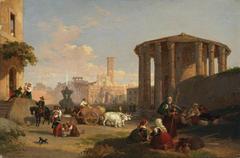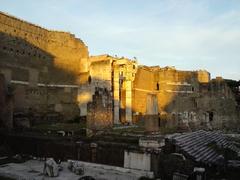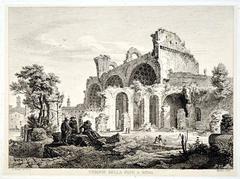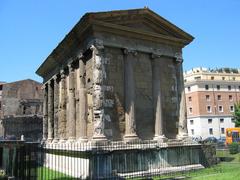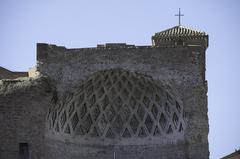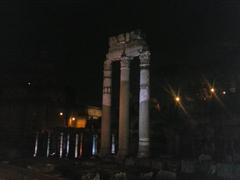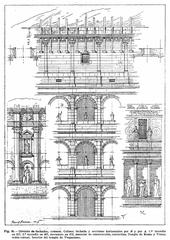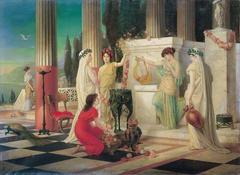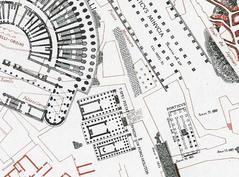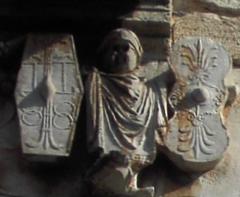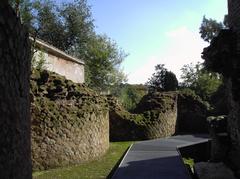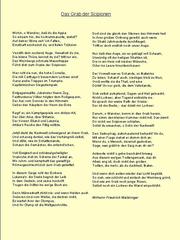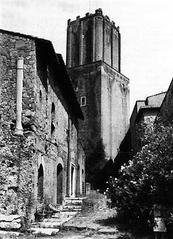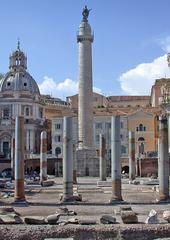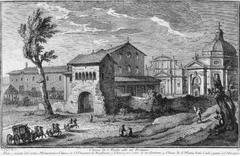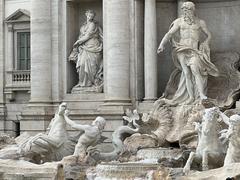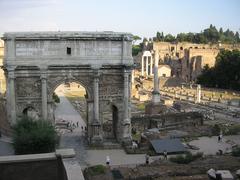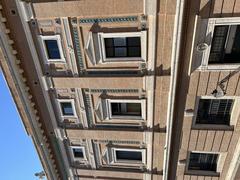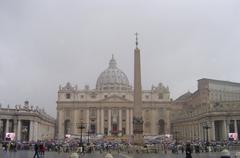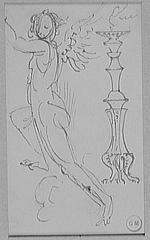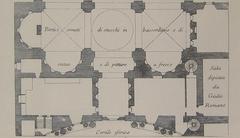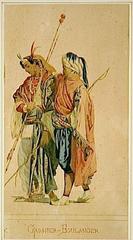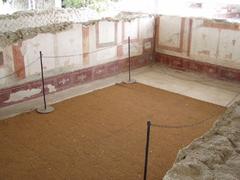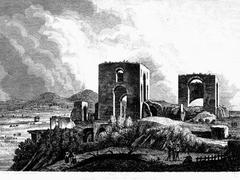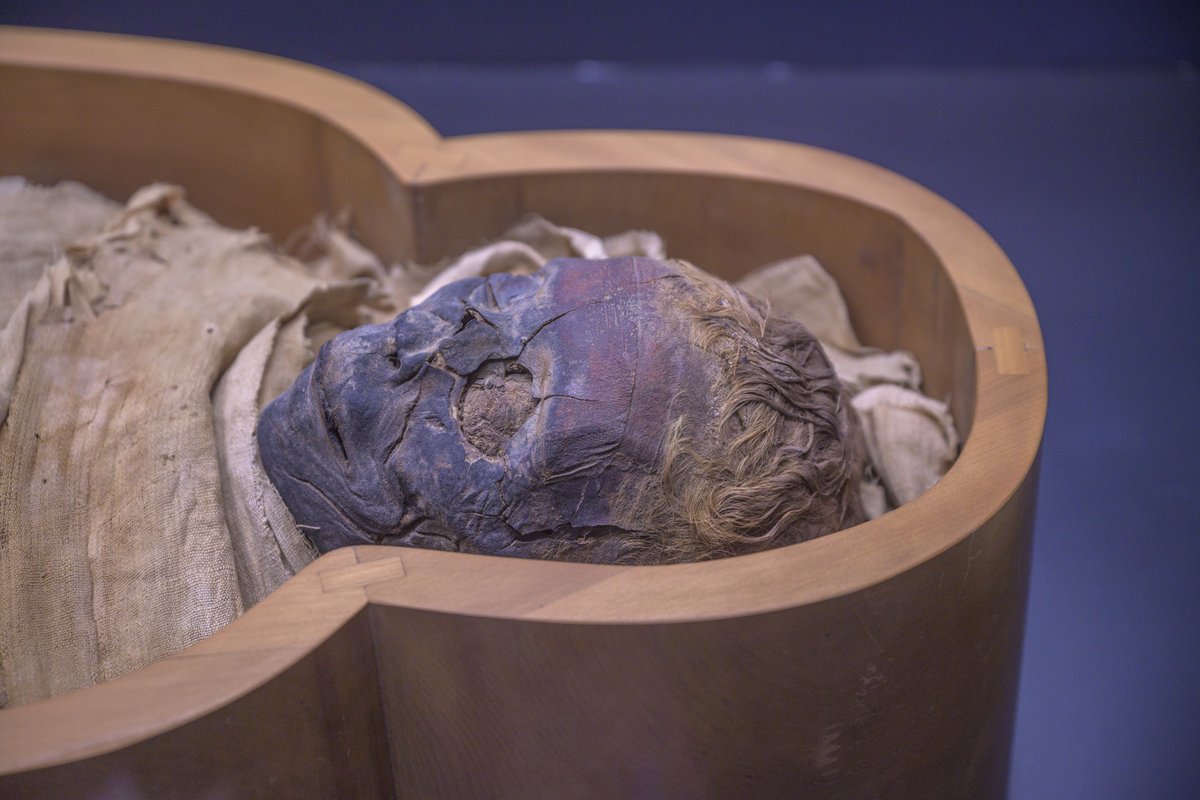
Comprehensive Guide to Visiting the Gregorian Egyptian Museum in Rome
Published Date: 17/08/2024
Introduction to the Gregorian Egyptian Museum
Discover the enchanting world of ancient Egypt right within the confines of the Vatican. The Gregorian Egyptian Museum, founded by Pope Gregory XVI in 1839, offers an unparalleled glimpse into the art, culture, and history of this ancient civilization. Part of the larger Vatican Museums complex, the museum is located in the historic Belvedere Palace and houses a vast collection of artifacts that span various periods of Egyptian history (Ancient Egypt Alive). The museum’s establishment was heavily influenced by the excitement surrounding the decipherment of hieroglyphics by Jean-François Champollion in the early 19th century, a period often referred to as Egyptomania. This period saw a surge in the collection and study of Egyptian artifacts across Europe, and Pope Gregory XVI was at the forefront of this movement (Vatican News).
Curated by the renowned Egyptologist Barnabite Father Giuseppe Ungarelli, the Gregorian Egyptian Museum features an eclectic mix of artifacts, including papyruses, sarcophagi, mummies, and sculptures, all meticulously displayed in nine rooms decorated in a 19th-century retro-Egyptian style by Giuseppe De Fabris. Each room offers a unique thematic experience, from the grand statues of Osiris-Antinous to the intricately painted mummy cases and sarcophagi (Reid’s Italy). Whether you are a history buff, an art enthusiast, or simply curious about ancient civilizations, the Gregorian Egyptian Museum promises a captivating journey through time.
Table of Contents
- Introduction
- History of the Gregorian Egyptian Museum
- Collection and Acquisition
- Architectural and Design Elements
- Significant Artifacts and Exhibits
- Engraved Writing on Stone
- Funerary and Religious Artifacts
- Ceremonies Related to the Cult of the Dead
- Egypt as a Roman Province
- Water and Landscapes of the Nile
- Sculptures of Deities and Royal Figures
- Artifacts from the Ancient Near East
- Roman-Egyptian Artifacts
- Architectural Elements and Wall Decorations
- Special Exhibitions and Temporary Displays
- Contributions to Egyptology
- Research and Restoration
- Unique Characteristics
- Legacy and Impact
- Visitor Information
- Travel Tips and Nearby Attractions
- FAQ
- Conclusion
Visitor’s Guide to the Gregorian Egyptian Museum: History, Tickets, and Must-See Exhibits
Introduction
Discover the fascinating world of ancient Egypt right in the heart of the Vatican. The Gregorian Egyptian Museum offers a unique blend of history, culture, and art that draws visitors from around the globe.
History of the Gregorian Egyptian Museum
Foundation and Early Development
The Gregorian Egyptian Museum, located within the Vatican Museums, was founded by Pope Gregory XVI in 1839. This establishment was part of a broader initiative by the Pope, who was deeply fascinated by ancient cultures and sought to enhance the Vatican’s collection of antiquities. The museum was set up in the Belvedere Palace, specifically in the former apartments of Pope Pius IV (Ancient Egypt Alive).
Pope Gregory XVI’s interest in Egyptology was sparked by the excitement surrounding the decipherment of hieroglyphics by Jean-François Champollion in the early 19th century. This period, known as Egyptomania, saw a surge in the collection and study of Egyptian artifacts across Europe. The Pope’s passion for learning and antiquities led him to gather Egyptian and “Egyptianized” artifacts from various sources, including the Pontifical states, Roman antique markets, and private villa collections (Vatican News).
Key Figures in the Museum’s Establishment
The formation of the Gregorian Egyptian Museum was significantly influenced by Barnabite Father Giuseppe Ungarelli, an eminent Egyptologist and disciple of Ippolito Rosellini, who was a close colleague of Champollion and a pioneer of Egyptology in Italy. Ungarelli was appointed as the museum’s first curator and played a crucial role in its development. His expertise and dedication were instrumental in curating the museum’s initial collection (Ancient Egypt Alive).
Collection and Acquisition
The museum’s collection comprises a wide array of artifacts from ancient Egypt, including papyruses, sarcophagi, mummies, sculptures, and reproductions of the Book of the Dead. These items were acquired through various means, including purchases, donations, and archaeological excavations sponsored by successive pontiffs. Notably, Pope Gregory XVI used his personal finances to acquire many of the Egyptian works contained in collections in Rome or available on the antiquarian market (Vatican News).
Architectural and Design Elements
The museum’s nine rooms are decorated in a 19th-century retro-Egyptian style by Giuseppe De Fabris. Each room is meticulously curated to showcase the artifacts in an aesthetically pleasing and informative manner. For instance, Room 2 features painted mummy cases and sarcophagi along with jewelry and other funerary accoutrements, while Room 3 contains statues from an Egyptian-influenced fountain/temple built by Emperor Hadrian at his villa in Tivoli (Reid’s Italy).
Significant Artifacts and Exhibits
The Gregorian Egyptian Museum houses several notable artifacts that highlight the rich cultural and historical heritage of ancient Egypt. Among these are the majestic statue of Osiris-Antinous and remains from Hadrian’s Villa in Tivoli. The collection also includes a statue of Anubis, the ancient Egyptian god associated with mummification and the afterlife, which is a significant draw for visitors (Xixerone).
Contributions to Egyptology
Since its foundation, the Gregorian Egyptian Museum has played a pivotal role in the consolidation of the international Egyptological movement. The museum’s establishment marked a transition from viewing Egyptian artifacts as mere curiosities to recognizing them as valuable scientific and historical objects. This shift was facilitated by the discovery of the Rosetta Stone in 1799, which enabled scholars to decipher hieroglyphics and unlock the secrets of ancient Egyptian civilization (Vatican News).
Research and Restoration
The Gregorian Egyptian Museum continues to be a vibrant center for research and restoration. It collaborates with the Vatican Museums’ Diagnostic Laboratory for Conservation and Restoration and various international studies. Notable projects include the Vatican Mummy Project, which involves the study of human and animal mummies, and the Vatican Coffin Project, which focuses on the restoration and analysis of wooden and multi-colored coffins (Vatican News).
Unique Characteristics
One of the unique aspects of the Gregorian Egyptian Museum is its territorial identity. Unlike other large collections of Egyptian artifacts formed through archaeological campaigns and acquisitions, the Vatican’s collection primarily consists of artifacts that have been preserved in Rome since the time of the Roman Empire. These include Egyptian originals and works created in ancient Rome to decorate the villas of the Patricians (Vatican News).
Legacy and Impact
The Gregorian Egyptian Museum’s legacy extends beyond its impressive collection of artifacts. It represents a significant moment in the history of Egyptology and the broader field of archaeology. The museum’s establishment and ongoing contributions to research and restoration underscore the Vatican’s commitment to preserving and understanding ancient cultures. Today, the museum remains a testament to Pope Gregory XVI’s vision and passion for antiquities, offering visitors a unique glimpse into the fascinating world of ancient Egypt (Ancient Egypt Alive).
Visitor Information
Visiting Hours
The museum is open from 9 AM to 6 PM Monday through Saturday. On the last Sunday of the month, it is open from 9 AM to 2 PM with free entry (Vatican Museums).
Tickets
Admission fees vary, with discounts available for students and groups. It’s advisable to book tickets in advance to avoid long queues (Vatican Museums).
Guided Tours
Consider joining a guided tour to gain deeper insights into the artifacts and their historical context. Guided tours can be booked through the museum’s website (Vatican Museums).
Facilities
While specific facilities are not detailed, the Vatican Museums generally offer amenities such as restrooms, cafes, and gift shops (Vatican Museums).
Travel Tips and Nearby Attractions
While visiting the Gregorian Egyptian Museum, consider exploring nearby attractions such as St. Peter’s Basilica and the Sistine Chapel. Rome’s historical sites are just a short walk or bus ride away.
FAQ
- What are the opening hours of the Gregorian Egyptian Museum?
- The museum is open from 9 AM to 6 PM Monday through Saturday. On the last Sunday of the month, it is open from 9 AM to 2 PM with free entry.
- How much do tickets cost for the Gregorian Egyptian Museum?
- Admission fees vary, with discounts available for students and groups. It’s advisable to book tickets in advance to avoid long queues.
Conclusion
The Gregorian Egyptian Museum stands as a remarkable institution that not only preserves the rich heritage of ancient Egypt but also contributes to the ongoing study and appreciation of this fascinating civilization. Don’t miss the chance to explore this gem within the Vatican Museums on your next visit to Rome.
Sources and Further Reading
- Ancient Egypt Alive. (2022). Egyptian Treasures of the Vatican Museums. source
- Vatican News. (2021). Vatican Egyptian Museum: Mummies and Ancient Egypt. source
- Reid’s Italy. (n.d.). Vatican Egyptian Museum. source
- Xixerone. (n.d.). Top Things to See at the Vatican Museums in Rome. source
- Vatican Museums. (n.d.). Museo Gregoriano Egizio. source



